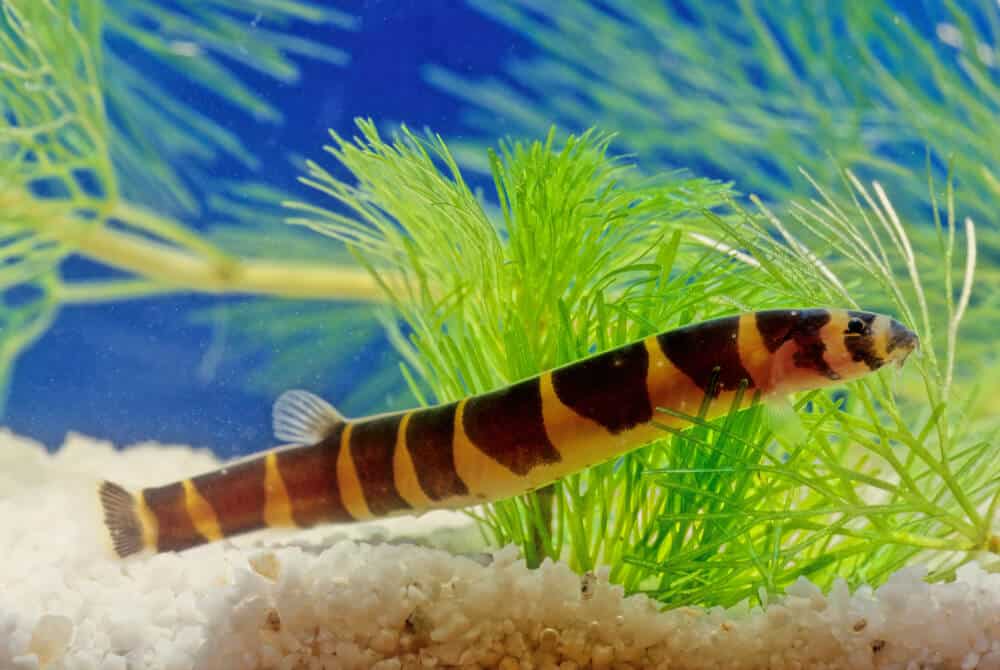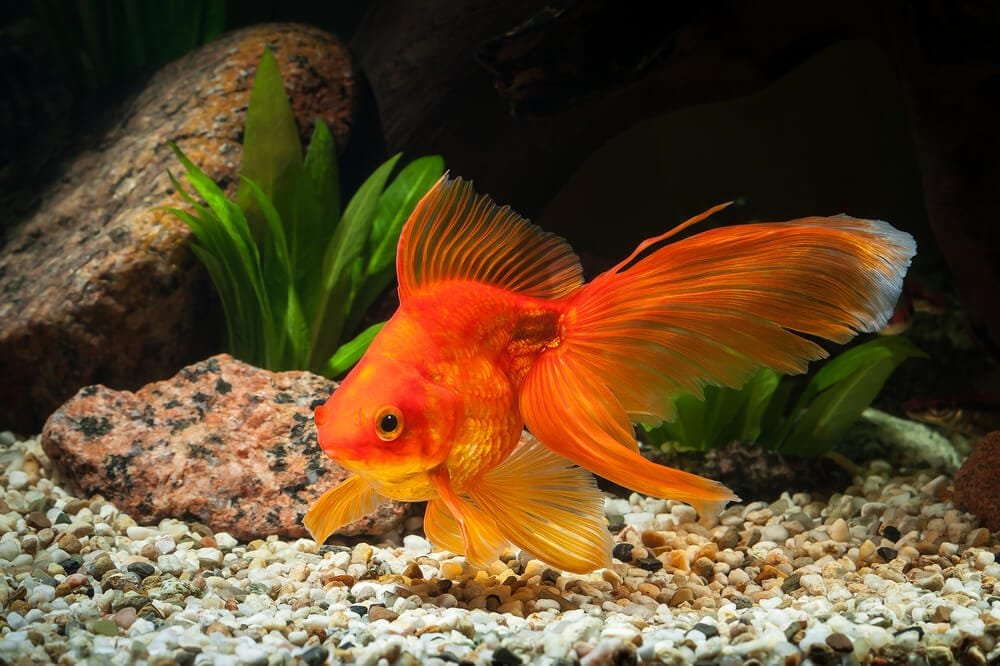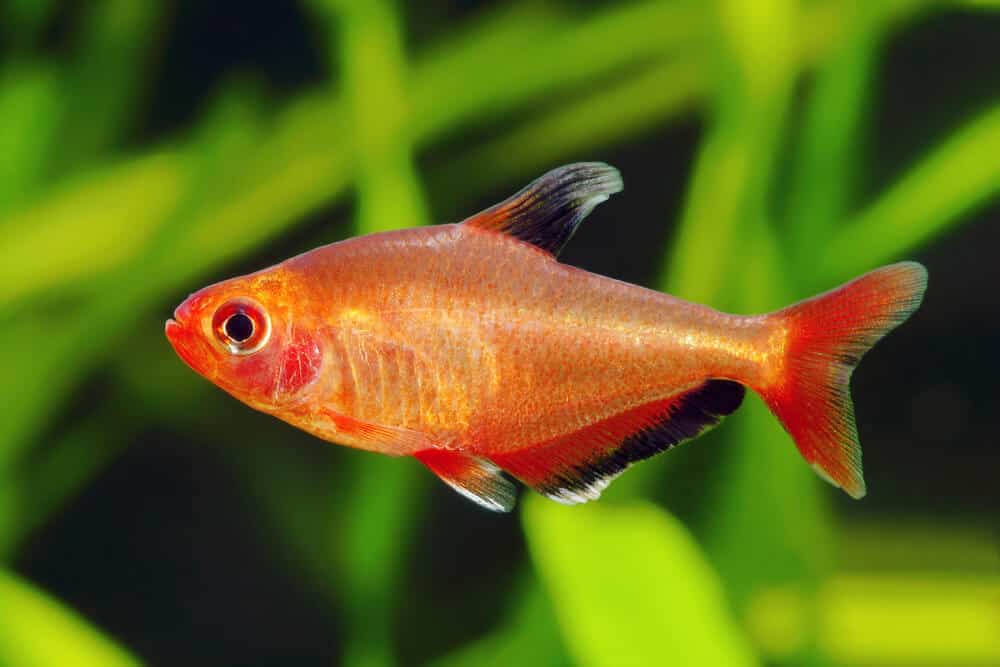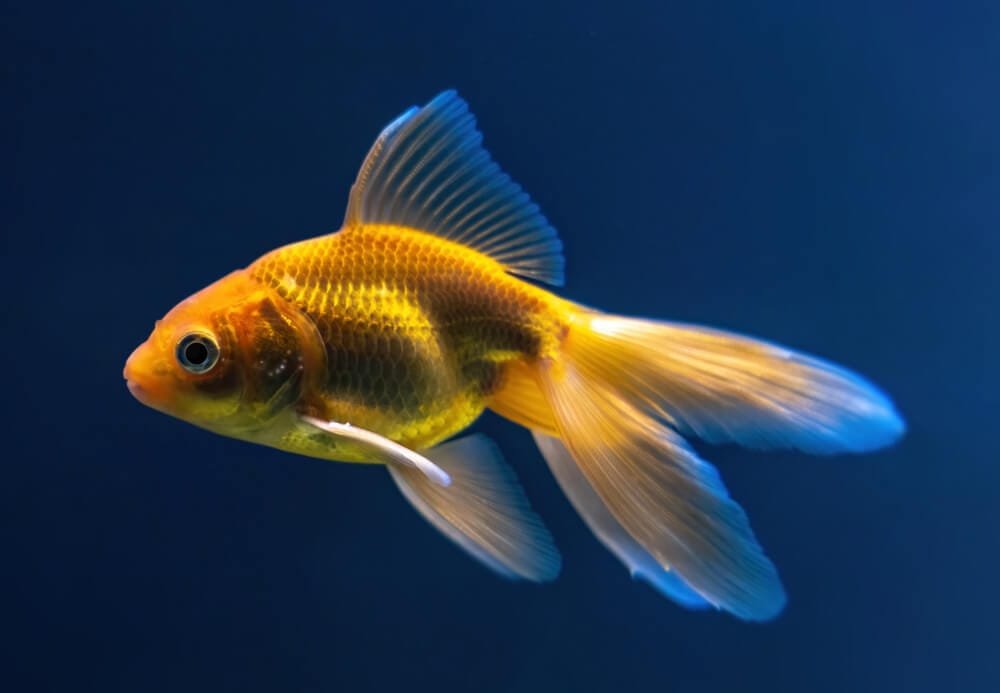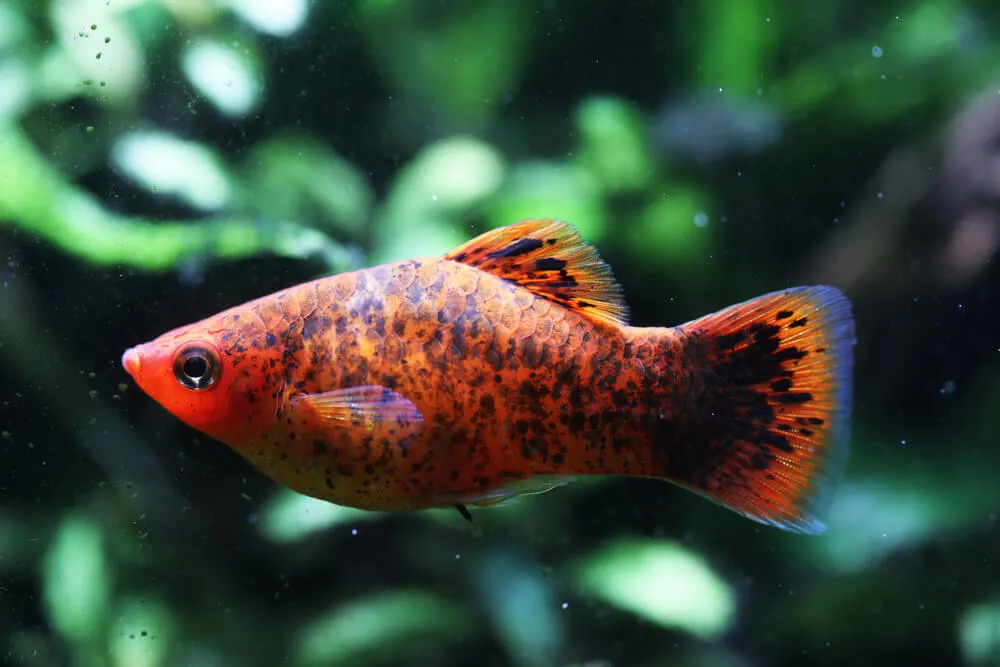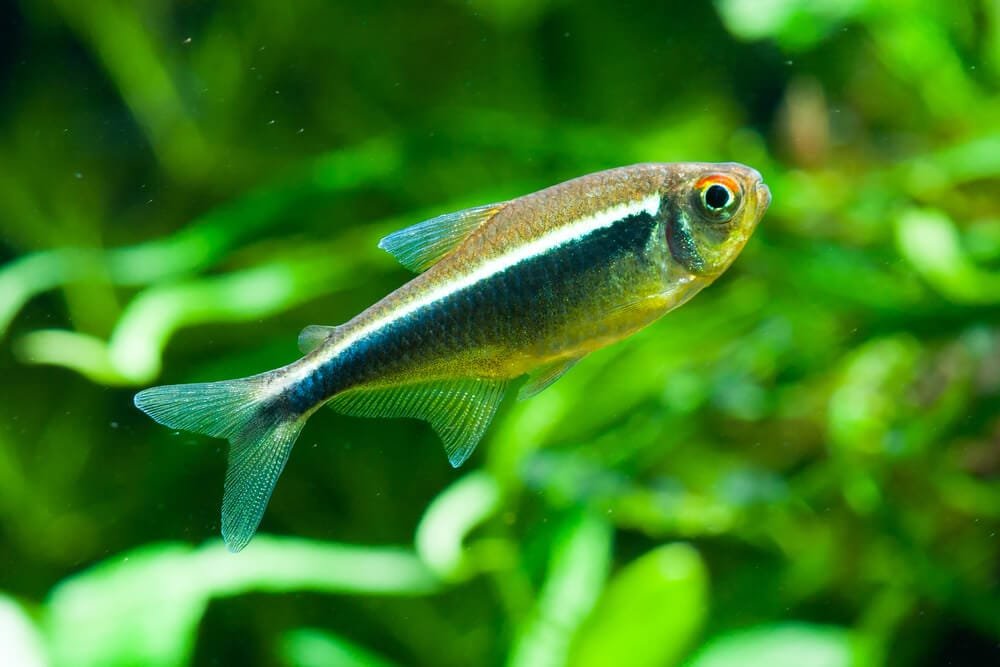Cherry Barb: A Complete Guide to Care, Breeding and Tank Requirements
Imagine a world where vibrant colors dance beneath the shimmering surface of an aquarium, captivating your attention and bringing tranquility to your space. Enter the enchanting realm of the Cherry Barb, a tiny but captivating fish with a fiery personality. With its cherry-red body and shimmering scales, this diminutive creature adds a burst of color to any aquatic landscape. In this article, we will explore the fascinating characteristics and unique qualities of the Cherry Barb, giving you a glimpse into the enchanting world of this delightful fish.
Introduction
If you’re looking to add a vibrant and lively fish to your aquarium, look no further than the Cherry Barb. These little beauties are a popular choice among aquarists for their stunning colors and active nature. In this article, we will explore the various aspects of owning and caring for Cherry Barbs, from their appearance and behavior to their tank requirements and feeding habits. So, let’s dive in and get to know these delightful fish a little better!
Description
The Cherry Barb, scientifically known as Puntius titteya, is a small freshwater fish native to Sri Lanka. It belongs to the family Cyprinidae, which includes various other popular aquarium species such as goldfish and tetras. The Cherry Barb gets its name from the bright red coloration that resembles cherries. However, it’s worth noting that only the males exhibit this vibrant red hue, while females and juveniles tend to have a more subdued coloration.
Native Habitat
In the wild, Cherry Barbs inhabit slow-moving rivers, streams, and ponds in Sri Lanka. They are commonly found in areas with plenty of vegetation, as they rely on plants for protection and foraging for food. The water in their native habitat is typically warm, with temperatures ranging from 75°F to 82°F (24°C to 28°C). It’s important to replicate these conditions as closely as possible when setting up an aquarium for Cherry Barbs to ensure their well-being.
Appearance
Cherry Barbs are small fish, reaching an average size of around 2 inches (5 cm) in length. As mentioned earlier, males sport a striking red coloration, which intensifies during courtship or periods of high excitement. Their fins are also adorned with red hues, adding to their overall beauty. On the other hand, females and juveniles have a more subdued appearance, with a mix of silver and light yellow coloration. They may occasionally display a hint of red, but it is much less pronounced compared to the males.
Behavior
Cherry Barbs are known for their active and playful nature, making them a delightful addition to any community aquarium. They are relatively peaceful and get along well with other non-aggressive fish species. However, it’s essential to keep them in groups of at least five or six to ensure their well-being and minimize stress. Being a shoaling species, they thrive when surrounded by their own kind.
These barbs are also quite curious by nature and love to explore their surroundings. Providing them with plenty of hiding spots, such as rocks, caves, and dense vegetation, will make them feel secure and encourage their natural behavior. Just be aware that they can be quite active, so ensure your tank has ample swimming space to accommodate their energetic nature.
Tank Requirements
To create a suitable environment for your Cherry Barbs, you’ll need an adequately sized aquarium. A tank with a capacity of at least 20 gallons (75 liters) is recommended for a small group of these fish. Larger tanks are even better as they provide more swimming space and help maintain stable water conditions.
It’s important to set up the tank with a sandy or fine-gravel substrate and provide plenty of plants, both live and artificial, for the Cherry Barbs to explore and hide in. Additionally, adding some driftwood or rocks can create interesting areas for them to investigate. Not only do these decor items enhance the aesthetic appeal of the aquarium, but they also contribute to the overall well-being of the fish.
Water Conditions
Maintaining suitable water conditions is crucial for the health and longevity of your Cherry Barbs. The ideal water temperature for these fish is between 75°F and 82°F (24°C to 28°C), and the pH level should be slightly acidic to neutral, ranging from 6.0 to 7.5. The water hardness should be on the slightly softer side, between 5 to 12 dGH.
To ensure optimal water quality, regular water changes of around 25% to 30% should be performed weekly. This helps eliminate any build-up of waste, excess nutrients, and maintains the desired water chemistry. Using a high-quality filter and aeration system will aid in keeping the water clean and well-oxygenated, promoting a healthy environment for your Cherry Barbs.
Feeding
Cherry Barbs are omnivores, meaning they will consume a wide variety of foods. In the wild, their diet primarily consists of small insects, larvae, algae, and plant matter. When kept in an aquarium, you can feed them a combination of both dry and live foods. High-quality flake or pellet food specifically designed for tropical fish serves as an excellent staple diet. Additionally, supplementing their diet with occasional frozen or live foods such as bloodworms, brine shrimp, and daphnia will provide them with essential nutrients and keep their diet varied and interesting.
Breeding
Breeding Cherry Barbs in captivity is relatively straightforward if the proper conditions are provided. To encourage successful breeding, it’s advisable to keep a small group of Cherry Barbs consisting of one male and multiple females. The females will lay their adhesive eggs on fine-leaved plants, so providing them with ample vegetation will increase the chances of a successful spawn.
Once the eggs are laid, the parents usually do not display any parental care. Therefore, it’s recommended to separate the eggs or transfer the adults to a separate breeding tank to prevent them from being eaten. The eggs will typically hatch within 24 to 36 hours, and the fry will become free-swimming a few days after that. Starting their diet with powdered or liquid fry food is ideal, and gradual introduction to crushed flake food can be done once they grow a little larger.
Compatibility
Cherry Barbs are generally peaceful and can be kept with a variety of other small, non-aggressive fish species. However, it’s essential to avoid housing them with larger or aggressive tankmates, as they can easily become targets for harassment or predation. Good tankmates for Cherry Barbs include tetras, rasboras, dwarf gouramis, and other peaceful community fish.
It’s worth mentioning that male Cherry Barbs may occasionally display aggressive behavior towards one another, especially if they are kept in small groups. Providing plenty of hiding spots and visual barriers, such as plants or decor items, can help alleviate aggression and provide a sense of security for all individuals in the tank.
Common Diseases
Like any other fish, Cherry Barbs are susceptible to various diseases and health issues. The most common ailments seen in these fish include fungal and bacterial infections, parasitic infestations, and fin rot. To prevent such diseases, maintaining excellent water quality, regular tank maintenance, and a balanced diet are crucial.
If your fish show signs of illness, such as loss of appetite, discolored patches, abnormal swimming behavior, or visible lesions, it’s important to address the issue promptly. Consult with a veterinarian or a knowledgeable aquarium specialist to diagnose and treat any health problems your Cherry Barbs may encounter.
Summary
Cherry Barbs are charming, colorful fish that can bring life and vibrancy to your aquarium. With their active behavior, easy care requirements, and compatibility with various tankmates, these little beauties are an excellent choice for both novice and experienced fishkeepers. By providing them with proper tank conditions, nutrition, and a suitable environment, you can enjoy the beauty and entertainment they offer for years to come. Happy fishkeeping!
